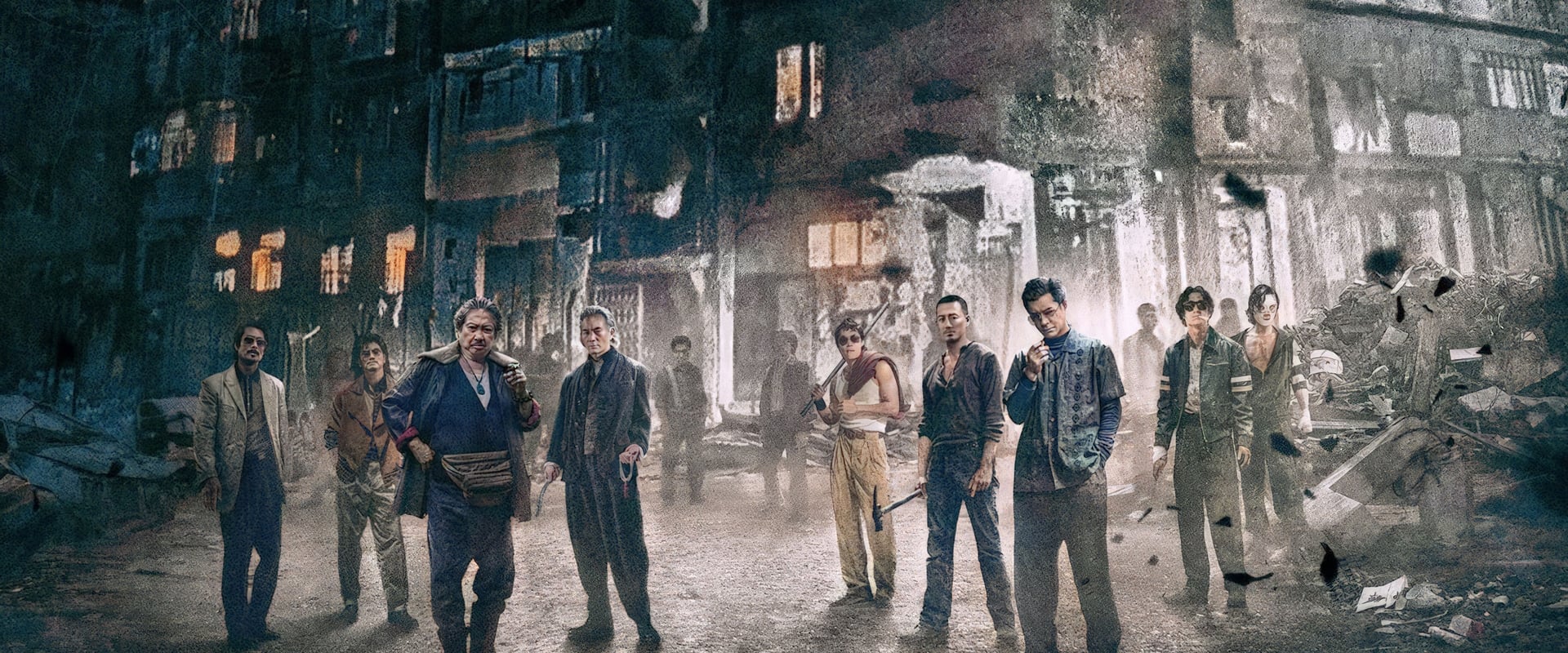When I first learned about Adolescence, a four-episode British miniseries released by Netflix on March 13, 2025, I anticipated a serious examination of contemporary youth issues, particularly those surrounding toxic masculinity, incel culture, and social media influence. With a talented creative team led by co-creators Jack Thorne and Stephen Graham—who also stars—the series promised an intense, immersive viewing experience. The compelling premise of following a teenage boy accused of murder, filmed entirely in single continuous takes, heightened my expectations regarding technical mastery and emotional depth. Knowing Graham’s previous work in Boiling Point, I was prepared for a raw, visceral journey that would challenge and disturb but also enlighten.
An Uncompromising Technical Masterpiece
The defining technical feature of Adolescence is undoubtedly its one-take filming technique, executed flawlessly across each episode. Unlike the often pretentious use of the gimmick in contemporary cinema, here, it serves as a vital narrative tool that amplifies realism and intimacy. Each shot feels like an unfiltered, unedited window into the characters’ lives and emotional states—this is not mere spectacle but a deliberate choice that heightens the viewer's sense of immediacy. The camera’s fluid movement allows seamless transitions that maintain immersion without sacrificing clarity or storytelling coherence.
The direction by Philip Barantini demonstrates meticulous planning and rehearsal, creating a visually cohesive and emotionally charged atmosphere. The camera work’s adaptability reinforces key moments—whether it’s the tense police interrogation room or the frantic pursuit scene involving a drone—that leave a visceral impact. The technical prowess elevates the entire series to a level of craftsmanship often reserved for feature films, which deserves commendation.
Performances That Resonate Deeply
Stephen Graham’s portrayal of Eddie Miller is layered, raw, and remarkably authentic. His previous work in Boiling Point set high expectations, but here, Graham transcends — embodying a complex mix of vulnerability, anger, and despair with subtlety. Owen Cooper as Jamie Miller delivers a compelling debut performance; his transformation from an innocent boy overwhelmed by external pressures and internal insecurities to a potential perpetrator is chillingly believable. Cooper’s ability to switch between these states—sometimes within seconds—is extraordinary and, frankly, Oscar-worthy.
The supporting cast—Faye Marsay, Ashley Walters, Christine Tremarco, and others—contribute significantly to a convincing portrayal of a family and community affected by tragedy. Their nuanced body language and restrained dialogue emphasize a realism that is difficult to replicate. The character development feels organic, with each actor bringing depth that makes the heavy themes even more impactful.
The portrayal of Briony Ariston by Erin Doherty in Adolescence exemplifies a nuanced and authentic depiction of a clinical psychologist under extreme psychological strain. Her calm and composed demeanor throughout the series positions her as a credible and seasoned professional navigating the complexities of a highly volatile case involving a juvenile accused of murder. The pivotal scene in episode 3 vividly demonstrates her capacity to maintain emotional control while responding to Jamie’s escalating volatility, a moment that underscores her internal conflict and professional resilience. Doherty's subtle yet powerful performance effectively conveys the layered internal tension—balancing empathy with clinical detachment—while exposing her character’s vulnerability, especially as she begins to break down following the intense session. This cathartic moment sensitively illustrates the emotional toll that such high-stakes therapeutic engagements can impose on mental health practitioners.
The series’ documentation of her emotional journey—marked by restraint, subtle physical cues, and controlled vocal modulations—enhances its realism and offers insight into the psychological resilience required in clinical settings. The scene’s authenticity, combined with Doherty’s believable portrayal of internal struggle, contributes significantly to the series’ overarching themes of trauma, moral ambiguity, and emotional resilience. Her performance not only elevates the narrative’s emotional depth but also prompts viewers to consider the moral and emotional burdens inherent in mental health work, especially within the context of confronting societal issues such as youth violence and manipulation. Overall, Doherty’s portrayal of Briony Ariston serves as a compelling testament to the importance of nuanced acting in portraying complex psychological states, effectively anchoring Adolescence in a profound psychological authenticity.
Direction and Script That Command Respect
Barantini’s direction is precise, controlling, and highly deliberate in its pacing, despite the challenge of continuous shot sequences. Every scene feels purposeful; nothing appears improvised or superfluous. The writing by Jack Thorne and Graham is incisive, tackling taboo subjects like incel culture and toxic masculinity without sensationalism. Instead, it offers a reflective critique that invites introspection about societal influences on young men.
The dialogue resonates authentically, with subtle subtext and physical cues conveying unspoken truths. The interrogation scenes, in particular, exemplify how body language and silence often speak louder than words—an indication of the series’ mastery over visual storytelling and emotional nuance.
Themes and Emotional Impact
Adolescence explores the devastating consequences of social media toxicity, peer bullying, and male rage. It challenges viewers to confront uncomfortable realities about youth culture, mental health, and societal expectations. The series succeeds in evoking empathy and horror simultaneously, leaving viewers unsettled yet reflective. The emotional beats—particularly the scenes involving the family’s unraveling—are profoundly effective, striking a balance between tragedy and social critique. It is a mirror held up to society’s oversight and neglect of vulnerable youth.
Genre and Tone That Subvert Expectations
While fundamentally a crime drama, Adolescence simultaneously functions as a psychological character study and social commentary. The tone is consistently tense, layered with a sense of foreboding that never dissipates, exemplifying mastery over mood. It resists conventional genre clichés, opting instead for an immersive, real-time approach that keeps viewers on edge. This genre-blending adds complexity, prompting questions about culpability, innocence, and societal responsibility. The series neither simplifies nor sensationalizes; it invites nuanced conversations about the pressures facing today’s teenagers.
Comparison and Context
Compared to Stephen Graham’s Boiling Point, Adolescence continues to showcase his ability to fuse naturalistic performance with gritty storytelling, albeit here on a larger narrative scale. Within the landscape of social issue dramas, it stands out as a technical and emotional triumph—effortlessly combining visual innovation with profound thematic exploration. In the realm of one-take crime series, it surpasses many predecessors by maintaining narrative coherence and elevating emotional stakes—something rarely achieved with such stylistic audacity. As a piece of modern British television, it elevates the genre through its meticulous craftsmanship and urgent thematic relevance.
Conclusion
In sum, Adolescence is a tour de force that combines technical brilliance, exceptional performances, and incisive social commentary. Its unflinching portrayal of a family’s crisis and the societal undercurrents behind youth violence is both harrowing and necessary. The seamless execution of the one-shot format immerses the viewer deeply, making every scene feel immediate and visceral. I found myself emotionally drained yet intellectually stimulated by Adolescence. It is a difficult watch, but one that demands reflection on pressing issues—particularly how societal pressures and social media manipulate vulnerable minds. This series is an essential addition to the canon of contemporary social dramas, and I anticipate it will resonate strongly, sparking important conversations.


